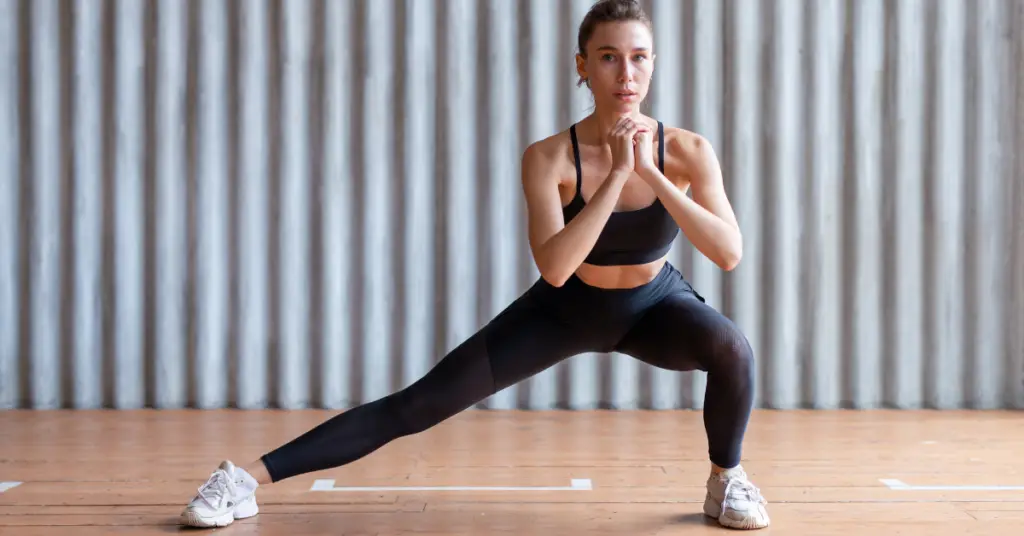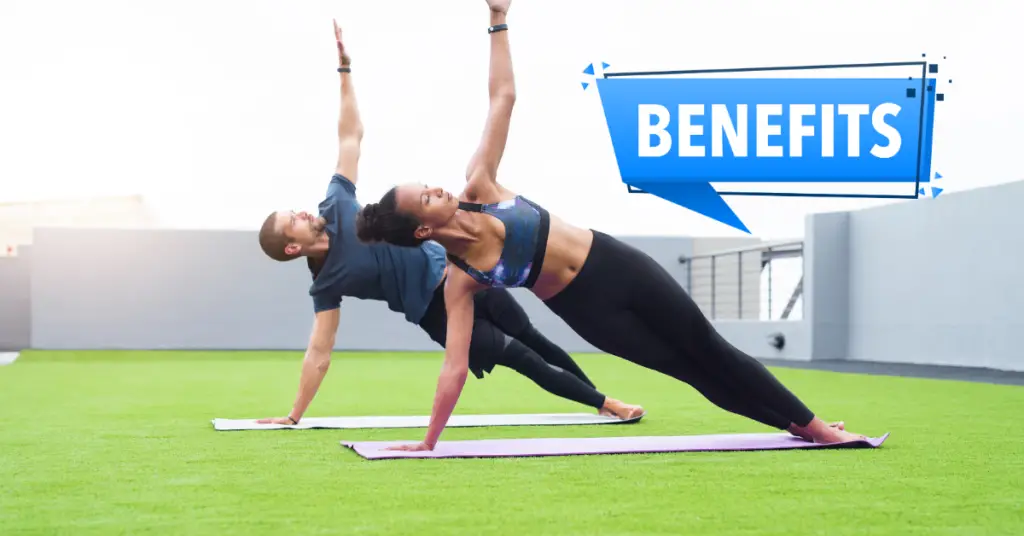
When our calendars are overly full and spare time comes at a price, stretching can often take a backseat. For most of us, it conjures up images of just warm-ups or cool-downs and is an afterthought in our workout routine. On the other hand, stretching may be important for injury prevention and promoting general physical health and performance. Now, let us explore why stretching must be more central to our daily lives.
What is Stretching:
Stretching is the act of elongating muscles and tendons to increase flexibility, range of motion, and overall muscle function. It can be static stretching, dynamic stretching, or functional to achieve specific goals. Dynamic stretching uses a movement pattern to get the body ready for exercise whereas static stretching, in which a position is held to lengthen a muscle.
Types of Stretching:
Static Stretching:
This form of stretching includes holding a stretch for long periods of time (15-60s). Studies show that static stretching is effective for muscle relaxation and flexibility which makes it a great post-training cool down.
Dynamic Stretching:
This uses controlled movements to take you to the edge of your range of motion but does not go beyond and remains within the muscle stretch. Active stretching is a way to warm up before aerobic activity because it gets the muscles ready for increased effort.
PNF (Proprioceptive Neuromuscular Facilitation) Stretching:
PNF stretching is a more advanced technique that is typically used in rehab. It involves stretching and contracting the muscle group that is being used, which can provide even more improvements in flexibility.
The Benefits of Stretching:

Prevention of Injuries:
One of the main reasons why stretching is so important is the prevention of injuries. Tight muscles are at a greater risk for strains and tears. Stretching keeps muscle elasticity up, making muscles more resilient to the stresses of physical activity. For athletes or anyone else performing repetitive tasks, like runners or weightlifters, this becomes very important.
Increased Flexibility and Range-of-Motion:
Regular stretching greatly increases your flexibility, which is important for performance in a lot of sports or physical activities. More flexibility gives you more movement available in your joints, which creates less risk for any injuries that could result from not moving fully. Flexibility is the oil that keeps the joints moving smoothly; without it, the joints develop friction and slowly wear, leading to pain and injury.
Improved circulation:
Stretching increases blood flow to your muscles, enhances circulation, and helps provide those working muscles with oxygen and nutrients. The extra blood flow can help you recover from workouts faster by preventing soreness and stiffness.
Improved Posture and Alignment:
Most of us sit for hours hunched over a computer or smartphone, leading to muscle imbalances and poor posture. Promoting proper alignment and reducing the risk of chronic pain conditions, such as lower back pain or tension headaches, is another way stretching relaxes tight muscles.
Mental Relief:
Stretching is not only physical fitness but also mental fitness as well. This promotes a mindful and chill state to just simply notice your body and your breath. This can be especially helpful when it comes to releasing some stress and improving your mental well-being.
Including Stretching in Your Routine:

If you want to get a return from stretching, you have to implement stretching into your daily life well. To ease into things, here are a few tips to start with:
- Develop a Routine: Set aside time every day to stretch, such as in the morning to wake up the muscles, during lunchtime at work, or post-exercise to bring your muscles back down from their excited state. Consistency is key.
- Be Alert to Your Body: During the stretch, be alert to how your body feels. You should push it to the edge of discomfort but NOT pain. Remember that everyone has different levels of mobility, so work at your own pace.
Conclusion:
A structured stretching routine can work wonders for injury prevention, performance as well as overall physical and mental wellness. From elite athletes to weekend warriors or a casual way to get some physical activity — a few minutes of stretching is an investment in your health for a lifetime. Focusing on flexibility helps your body cope with all that’s about to be thrown at it AND leads to a more enjoyable and sustainable active lifestyle. Take it, and all the advantages that come with it!